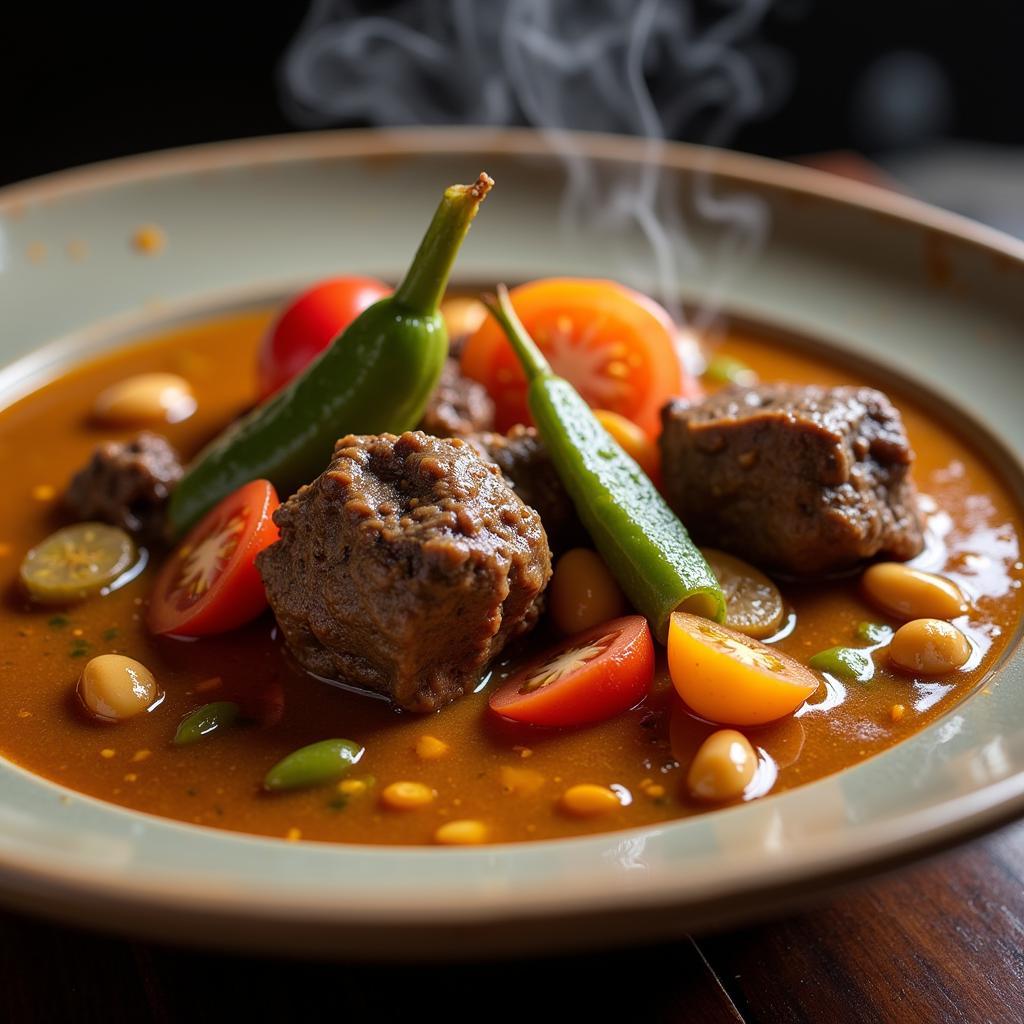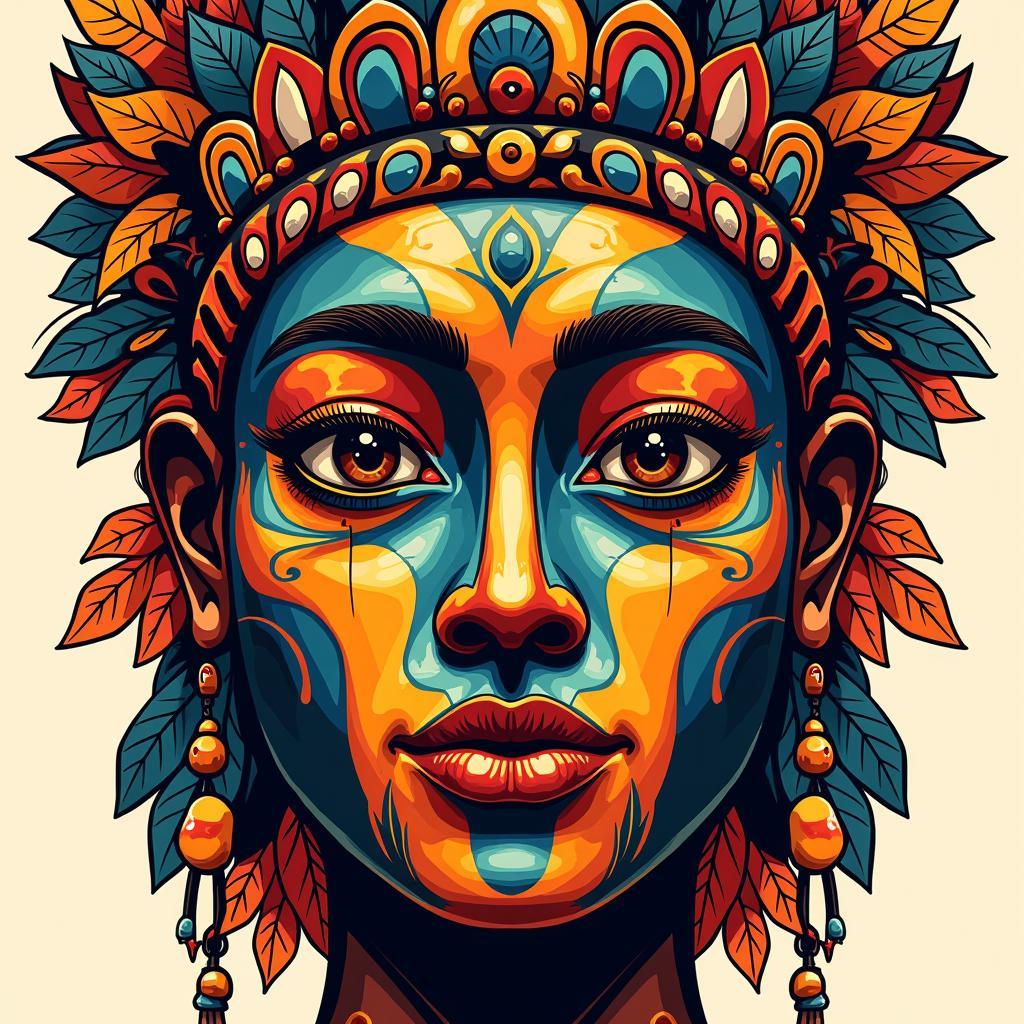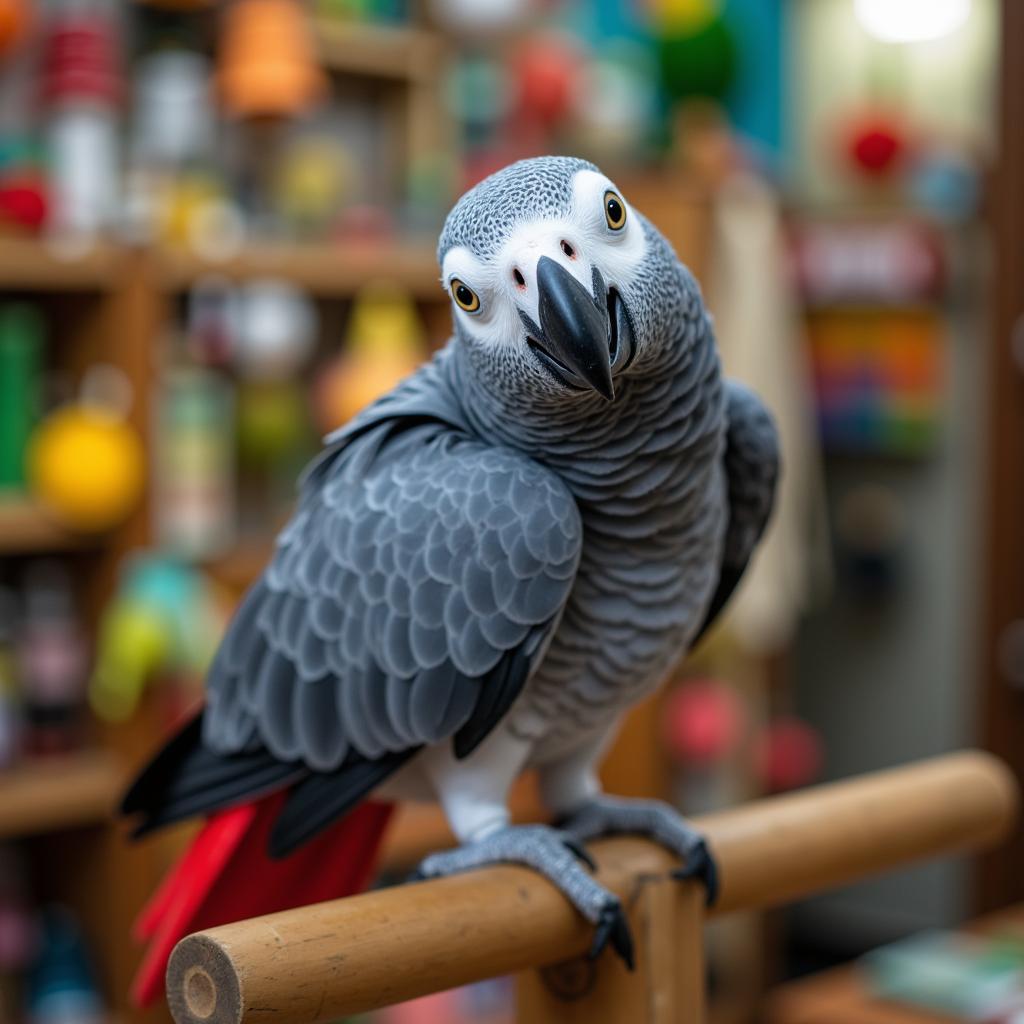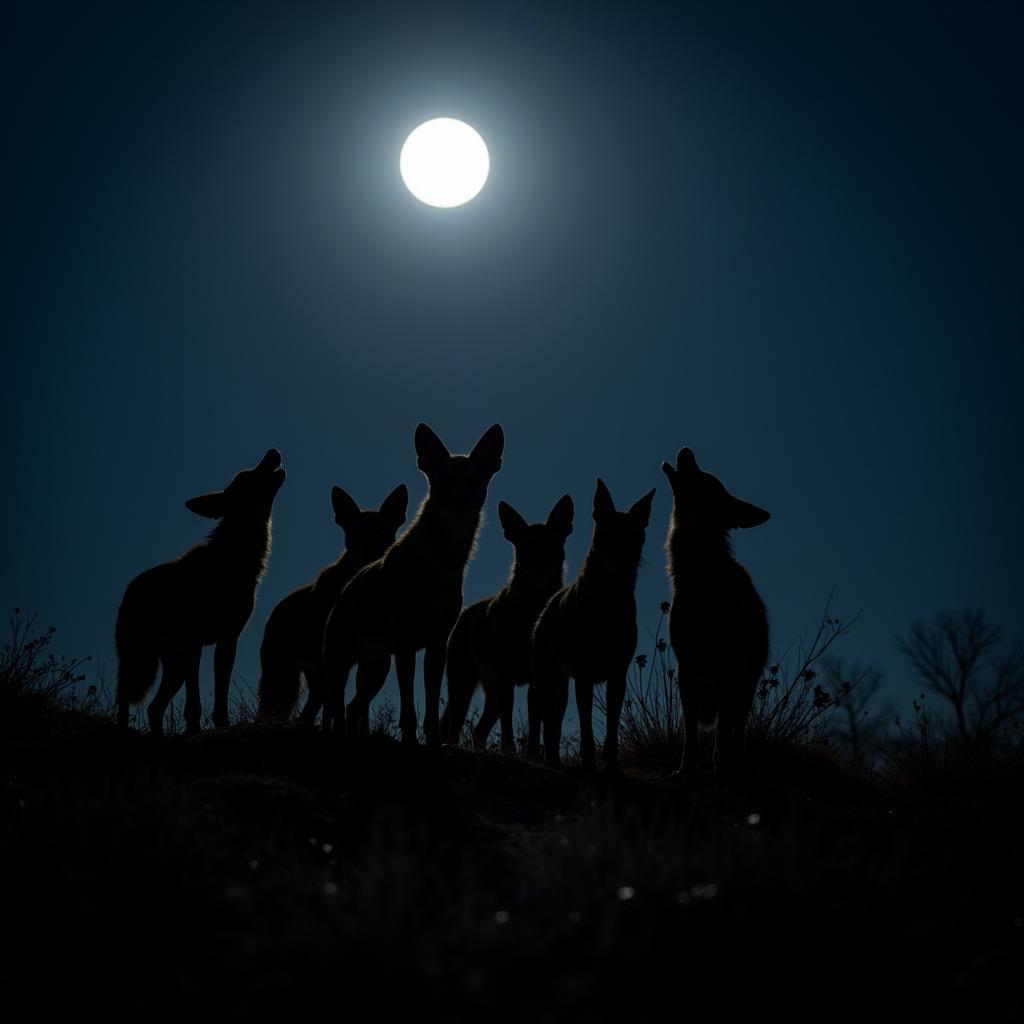Unveiling the Mysteries: A Guide to African Animal Mask Drawing
African animal masks are more than just decorative objects; they are powerful symbols of culture, spirituality, and societal values. These intricate creations, often adorned with vibrant colors and bold designs, offer a glimpse into the rich tapestry of African heritage. For those captivated by their beauty, learning to draw them is an enriching journey into the heart of Africa’s artistic soul.
Understanding the Significance of Animal Masks in Africa
Across the vast continent of Africa, different ethnic groups have developed unique traditions of mask-making. These masks, predominantly used in ceremonial contexts, hold deep spiritual and societal significance.
- Representing Spirits: Animal masks often embody ancestral spirits or deities, acting as a conduit between the physical and spiritual realms.
- Honoring Animals: Many African cultures revere animals, recognizing their strength, wisdom, and connection to nature. Masks pay tribute to these qualities.
- Social Roles: Masks are used in initiation rites, festivals, and performances, signifying social roles, hierarchies, and cultural knowledge.
Deciphering the Symbolism in African Animal Mask Drawing
Every detail in an African Animal Mask Drawing is deliberate, imbued with symbolism. Understanding these elements can enhance your appreciation and guide your own artistic interpretation.
- Animals: The choice of animal is paramount. Lions often represent power and royalty, while elephants symbolize wisdom and strength. Birds can signify freedom and connection to the divine.
- Colors: Vibrant hues like red, blue, and yellow are common. Red might symbolize blood or life force, while white often represents purity and the afterlife.
- Shapes and Patterns: Geometric designs, spirals, and abstract forms each hold cultural meanings, often relating to cosmology, ancestry, or moral values.
Essential Tips for Drawing African Animal Masks
Ready to embark on your artistic journey? Here are some practical tips to guide you:
- Start with Research: Explore different African cultures and their mask-making traditions. Choose an animal and style that resonates with you.
- Basic Shapes: Begin by sketching the basic shapes of the animal’s head – circles, ovals, triangles.
- Defining Features: Add the defining features – eyes, nose, mouth, ears. Exaggerate these features to capture the mask’s expressive quality.
- Adding Details: Incorporate symbolic elements like geometric patterns, spirals, or natural motifs. Don’t be afraid to be creative!
- Experiment with Color: Use vibrant colors to bring your mask to life. Research traditional color palettes for inspiration.
Mastering the Art of Expression: Bringing Your Drawing to Life
Capturing the essence of African animal masks goes beyond technical skill; it’s about conveying emotion and spirit.
- Focus on the Eyes: The eyes are the windows to the soul. Use shape, size, and direction to create intensity, wisdom, or playfulness.
- Exaggeration is Key: Don’t be afraid to exaggerate features to emphasize the mask’s emotional impact.
- Consider the Context: Imagine the mask being used in a ceremony. What emotions would it evoke in the viewers?
Conclusion: Embracing the Artistic Legacy of Africa
Drawing African animal masks is a journey of discovery, allowing you to connect with a rich artistic heritage. By understanding the symbolism, mastering the techniques, and infusing your drawings with emotion, you can create artwork that is both beautiful and meaningful. So, pick up your pencil, let your creativity flow, and embark on an artistic adventure into the heart of Africa.
FAQs
1. What are some common animals used in African masks?
Common animals include lions, elephants, antelopes, monkeys, birds, and buffalo. Each animal carries specific symbolic meaning within its cultural context.
2. What materials are traditionally used to make African masks?
Materials vary widely but often include wood, leather, textiles, shells, beads, and natural pigments.
3. Are there any resources online where I can find authentic African mask designs for inspiration?
Yes, reputable museum websites and online art galleries often feature collections of African masks.
Looking for more inspiration? Explore our other articles on:
- The Art of African Storytelling: Discover the power of oral traditions and how they intersect with visual arts.
- Exploring the Rhythms of Africa: Delve into the diverse world of African music and its influence on dance and ceremony.
Need help with your African art journey? Contact us:
Phone: +255768904061
Email: [email protected]
Address: Mbarali DC Mawindi, Kangaga, Tanzania.
Our team is available 24/7 to assist you.



